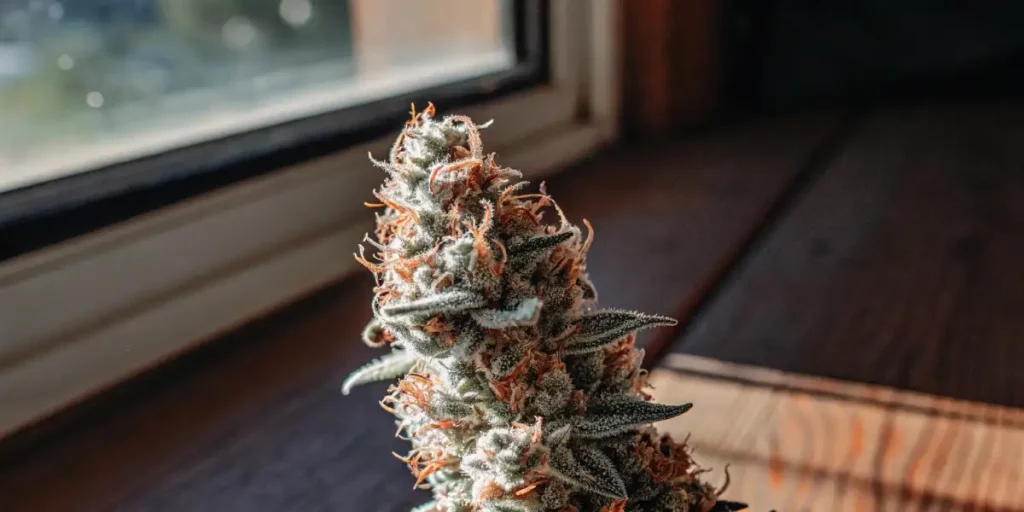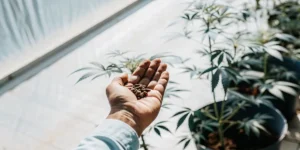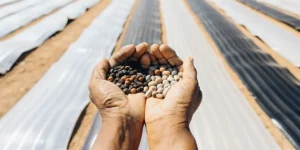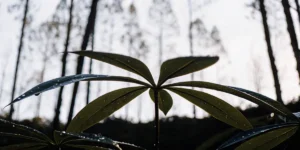Marijuana mold can be a grower’s nightmare. It’s a sneaky problem that can ruin your entire crop if you’re not vigilant. Mold thrives in moist, warm environments, making cannabis plants an ideal host if conditions aren’t carefully controlled. When mold takes hold, it can spread rapidly, turning your beautiful buds into a spore-infested mess.
Being aware of the signs of mold infestation in cannabis plants is crucial. You might notice fuzzy spots or a powdery substance on your buds. These are indicators that your plants might be under attack. It’s essential to act fast to save your harvest. Mold not only affects the plant’s health but can also impact the quality and safety of the final product.
The effects of moldy marijuana consumption can be severe. Smoking or ingesting moldy weed can lead to respiratory problems, allergic reactions, and other health issues. Ensuring your cannabis is mold-free is not just about product quality; it’s about safety, too. Keeping an eye on your plants and environment can help prevent these unwanted outcomes.
How to Identify Mold on Marijuana
Identifying mold on marijuana requires a keen eye. Mold can appear in various forms, such as white, gray, or black spots on the leaves and buds. A common type is powdery mildew, which looks like a fine dusting of flour. Another common type is bud rot, which begins at the stem inside the bud and works its way out.
One practical tip for how to identify mold on marijuana is to use a magnifying glass. This tool can help you spot tiny spores that are invisible to the naked eye. Check under leaves and deep in the buds, where mold likes to hide. Regular inspections are key, especially during humid conditions when mold is more likely to develop.
Another method for spotting marijuana mold is to look for any off-putting odors emanating from your plants. Mold often produces a musty, earthy smell that is quite distinct from the natural scent of cannabis. If you notice any unusual aromas, it’s a signal that you should inspect your plants more closely for signs of mold infestation in cannabis plants.
Besides to visual and olfactory cues, pay attention to the texture of your plants. Mold can cause buds to feel damp or slimy, which is a clear indicator that something is amiss. By combining these observational techniques, you can effectively identify potential mold issues and implement marijuana mold prevention tips to protect your crop.
Marijuana Mold Prevention Tips
Preventing mold in your cannabis garden isn’t as challenging as it might seem. A few simple changes can make a big difference. Ventilation is crucial for reducing moisture levels. Ensure your growing area has plenty of airflow. Fans and exhaust systems can help keep the air moving, reducing the likelihood of mold.
Another effective prevention tip is controlling humidity. Aim to keep your grow room’s humidity below 60%. This can be achieved with dehumidifiers, which are especially useful during the flowering stage. Additionally, investing in a hygrometer to monitor humidity levels can provide peace of mind and early detection of any issues.
Implementing a regular cleaning schedule for your growing space can also aid in marijuana mold prevention. By removing debris and ensuring cleanliness, you minimize the risk of mold spores finding a place to settle and grow. This proactive approach can be a game-changer in maintaining a healthy growing environment.
Consider rotating your crops and alternating the strains you grow. This practice can disrupt the life cycle of mold and pests, making it harder for them to establish a foothold. By staying vigilant and incorporating these marijuana mold prevention tips, you increase your chances of a successful harvest.
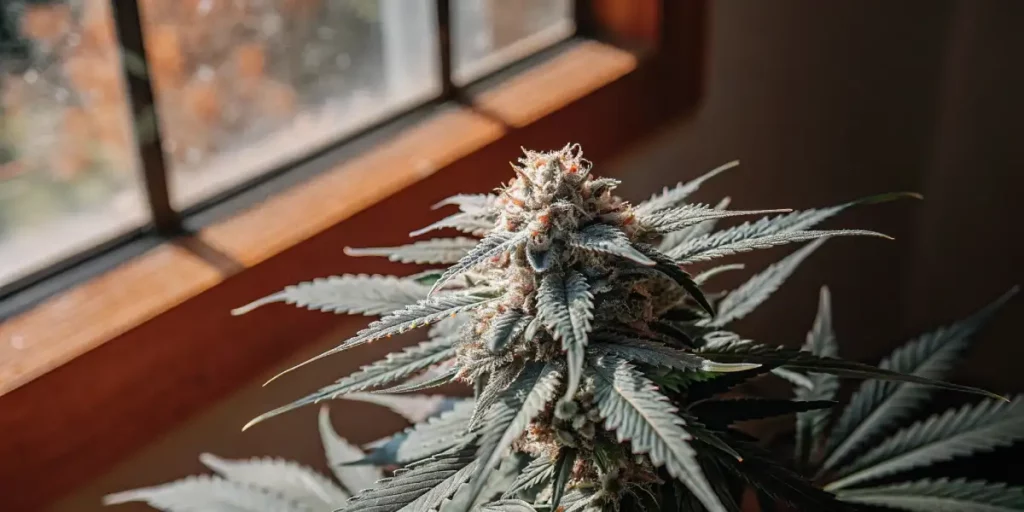
Best Practices for Storing Marijuana to Prevent Mold
Proper storage of marijuana is essential in keeping mold at bay. Once your cannabis is harvested, it needs to be dried and cured properly. This process removes excess moisture, which is a primary factor in mold growth. Store your cannabis in a cool, dry place to prolong its shelf life and maintain its quality.
Glass jars with airtight seals are ideal for storing marijuana. They prevent moisture from getting in and keep your cannabis fresh. Avoid plastic bags, as they can create a humid environment. If you’re looking for a strain to try, consider the resilient Northern Lights, known for its hardiness and low susceptibility to mold.
Besides to using glass jars, consider incorporating humidity control packs inside your storage containers. These packs can help maintain an optimal environment by absorbing excess moisture or releasing it as needed, further aiding in best practices for storing marijuana to prevent mold.
Regularly check your stored cannabis for any changes in texture or smell that might indicate the presence of mold. Even under ideal conditions, mold can still develop over time. By being diligent and applying these best practices for storing marijuana to prevent mold, you can enjoy a better quality product for longer periods.
Choosing Mold-Resistant Strains
Choosing the right cannabis strain can help prevent mold issues. Some strains are naturally resistant to mold, making them ideal for growers in humid climates. The White Widow is a popular choice due to its resilience and easy growth. It’s perfect for both beginners and seasoned growers.
Another excellent strain to consider is the Blue Dream. This strain is known for its adaptability and mold resistance, making it a favorite among many growers. Selecting strains with a reputation for resisting mold can save you time and resources in the long run.
When selecting mold-resistant strains, research their growth characteristics and environmental preferences. Some strains may require specific conditions to thrive, even though they possess natural resistance to mold. Knowing these nuances can enhance your success in managing marijuana mold.
Experimenting with different strains and keeping detailed records of your growing experiences can help you identify the most suitable options for your unique environment. By choosing mold-resistant strains, you’re taking a proactive step towards a healthier, more productive cannabis garden.
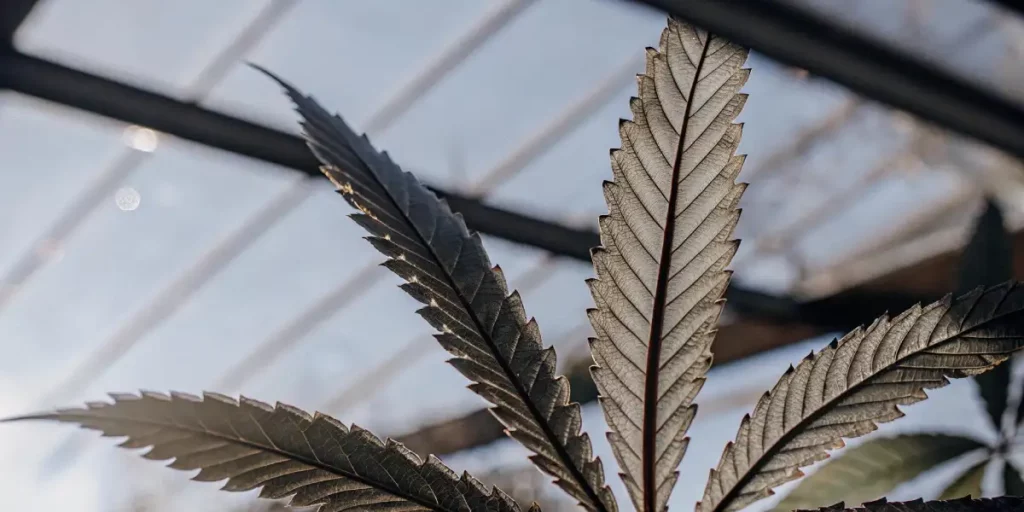
FAQs of marijuana mold
What are the signs of mold infestation in cannabis plants?
Signs of mold infestation include fuzzy spots, a powdery appearance on leaves and buds, and discoloration. Mold often starts in hidden areas like inside buds or under leaves, so thorough inspections are necessary. Regularly check your plants, especially during high humidity periods, to catch mold early.
Using tools like a magnifying glass can aid in spotting mold that might not be visible to the naked eye. If you detect these signs, it’s important to act quickly to prevent it from spreading to your entire crop. Immediate removal of affected areas can save the rest of your plants.
Another indicator of mold infestation is a noticeable decline in the plant’s overall health and vigor. You might observe wilting, yellowing leaves, or stunted growth, which can all be attributed to mold’s detrimental effects. Promptly addressing these issues can mitigate further damage.
For growers, knowing the signs of mold infestation in cannabis plants is a critical skill. By honing your ability to identify these early warning signals, you can take swift action and employ effective marijuana mold prevention tips to protect your harvest.
How can I prevent mold on my marijuana plants?
Prevention starts with controlling your growing environment. Ensure good airflow with fans and ventilation to reduce moisture levels. Keeping humidity under control, ideally below 60%, is critical. Invest in a hygrometer to continuously monitor these levels.
Choose mold-resistant strains like White Widow to give yourself an edge. Regularly inspect your plants and remove any infected areas immediately. These steps can significantly reduce the risk of mold infestation.
Implementing a structured watering schedule can also help in preventing mold. Overwatering can create excessive moisture, which is a breeding ground for mold. By being mindful of how much and how often you water, you can prevent conditions that foster mold growth.
Utilizing preventative sprays or natural anti-fungal treatments can provide an additional layer of protection. These treatments can act as barriers, making it more difficult for mold to establish itself on your plants. By incorporating a comprehensive approach, you can effectively minimize the risk of marijuana mold.
What are the effects of moldy marijuana consumption?
Consuming moldy marijuana can lead to health issues such as respiratory problems and allergic reactions. The risks are higher for individuals with compromised immune systems or existing respiratory conditions. Mold spores can cause irritation and infection when inhaled.
Ensuring your cannabis is free from mold is crucial not only for the quality of the experience but also for safety. Avoid using any cannabis that shows signs of mold to protect your health. When in doubt, it’s better to discard potentially moldy weed.
Beyond respiratory concerns, consuming moldy cannabis can also result in nausea, vomiting, and other digestive issues. These symptoms can significantly impact the enjoyment and overall experience of using cannabis, highlighting the importance of vigilance.
Awareness of the effects of moldy marijuana consumption underscores the necessity of thorough inspections and proper storage practices. Prioritizing safety and quality ensures that your cannabis consumption is both enjoyable and risk-free.
What are the best practices for storing marijuana to prevent mold?
Proper storage involves keeping your cannabis in a cool, dry place, away from direct sunlight. Glass jars with airtight seals are the best option as they protect against moisture. Avoid plastic containers that can trap humidity and create an environment conducive to mold growth.
After the drying and curing process, store your cannabis in these jars and place them in a dark, cool location. This method helps maintain the potency and flavor while preventing mold. Regularly check stored cannabis for any signs of mold, even in optimal conditions.
Incorporating desiccant packs can further safeguard your stored cannabis by maintaining optimal humidity levels. These packs can absorb excess moisture, reducing the risk of mold development and preserving the quality of your product.
By adhering to these best practices for storing marijuana to prevent mold, you can maximize the longevity and quality of your cannabis. Regularly inspecting your storage containers and maintaining a consistent environment are key components in preventing mold-related issues.
Which cannabis strains are best for mold resistance?
Some strains are naturally more resistant to mold, making them ideal for humid growing environments. Northern Lights and Blue Dream are excellent choices due to their resilience and adaptability. These strains can withstand challenging conditions better than others.
Choosing mold-resistant strains can significantly lower the chances of dealing with mold in your garden. They offer a level of insurance for growers, especially those in areas prone to high humidity. Experimenting with these strains can help determine the best fit for your growing conditions.
By selecting strains with a proven track record of mold resistance, you can focus on optimizing other aspects of your grow operation. This strategic choice can lead to more consistent yields and a higher quality final product, free from the threat of marijuana mold.
Besides to mold resistance, consider strains that align with your desired effects and growing preferences. Balancing these factors can lead to a more satisfying and successful growing experience, ensuring that your efforts result in a bountiful harvest.

